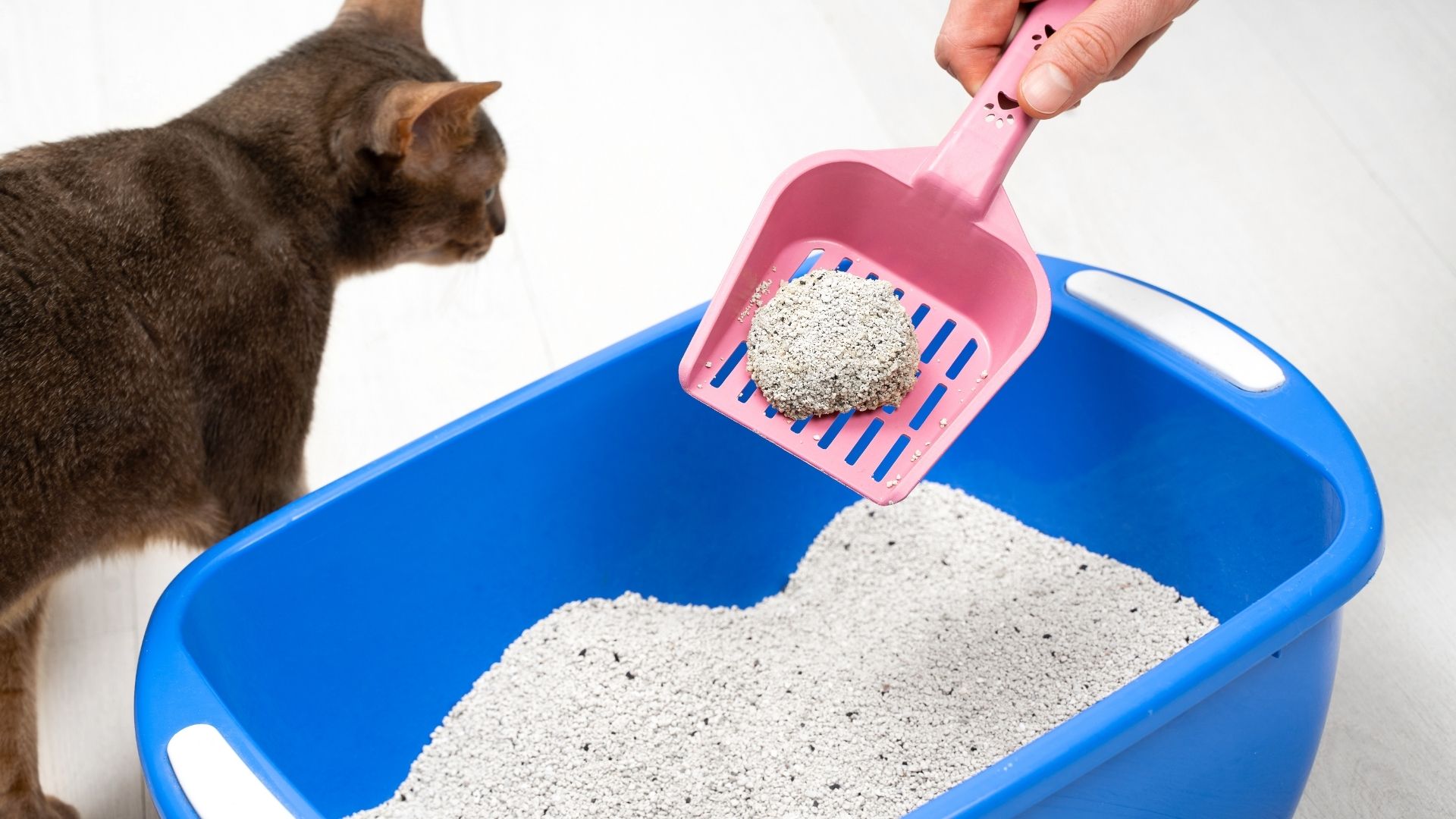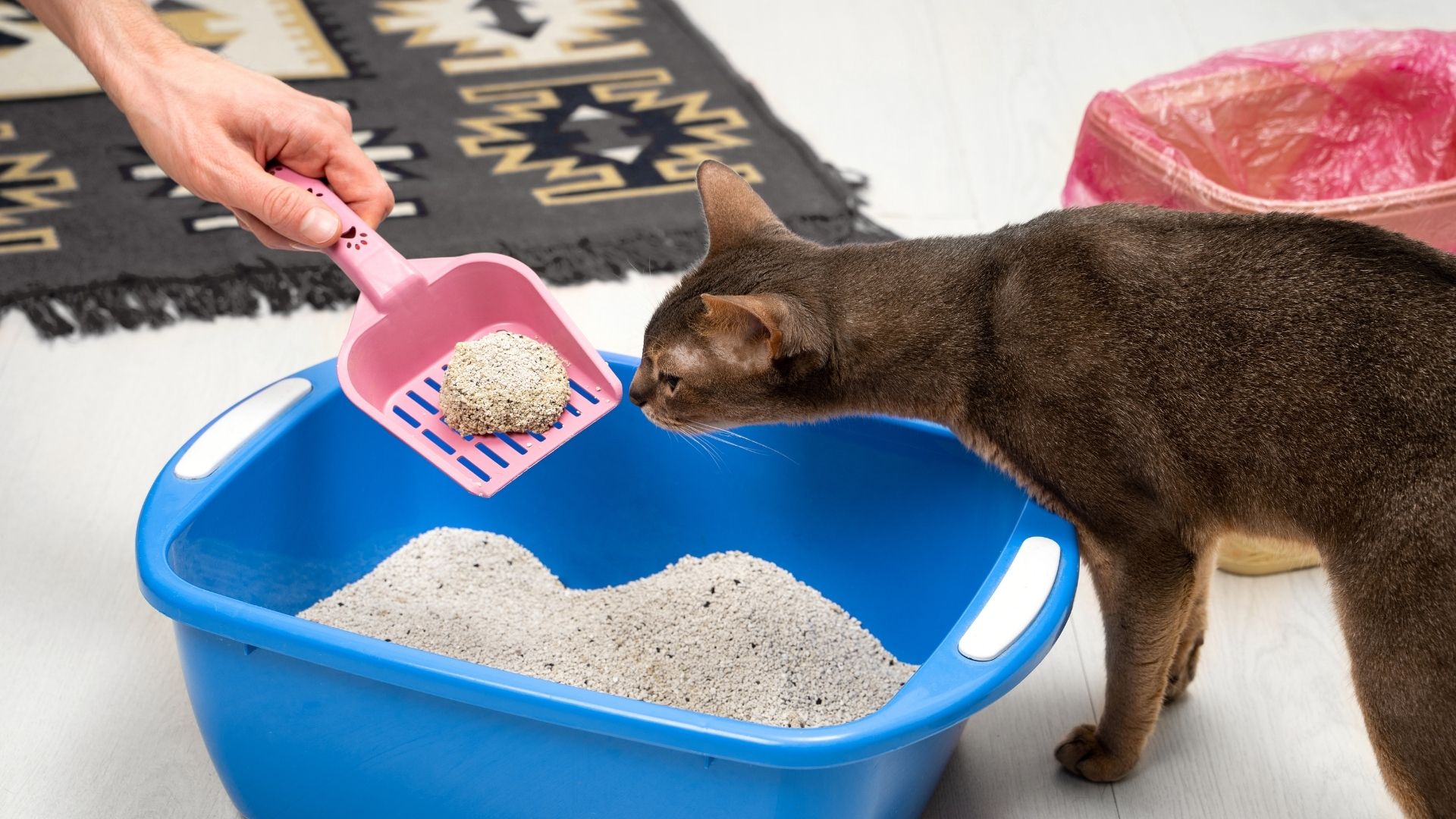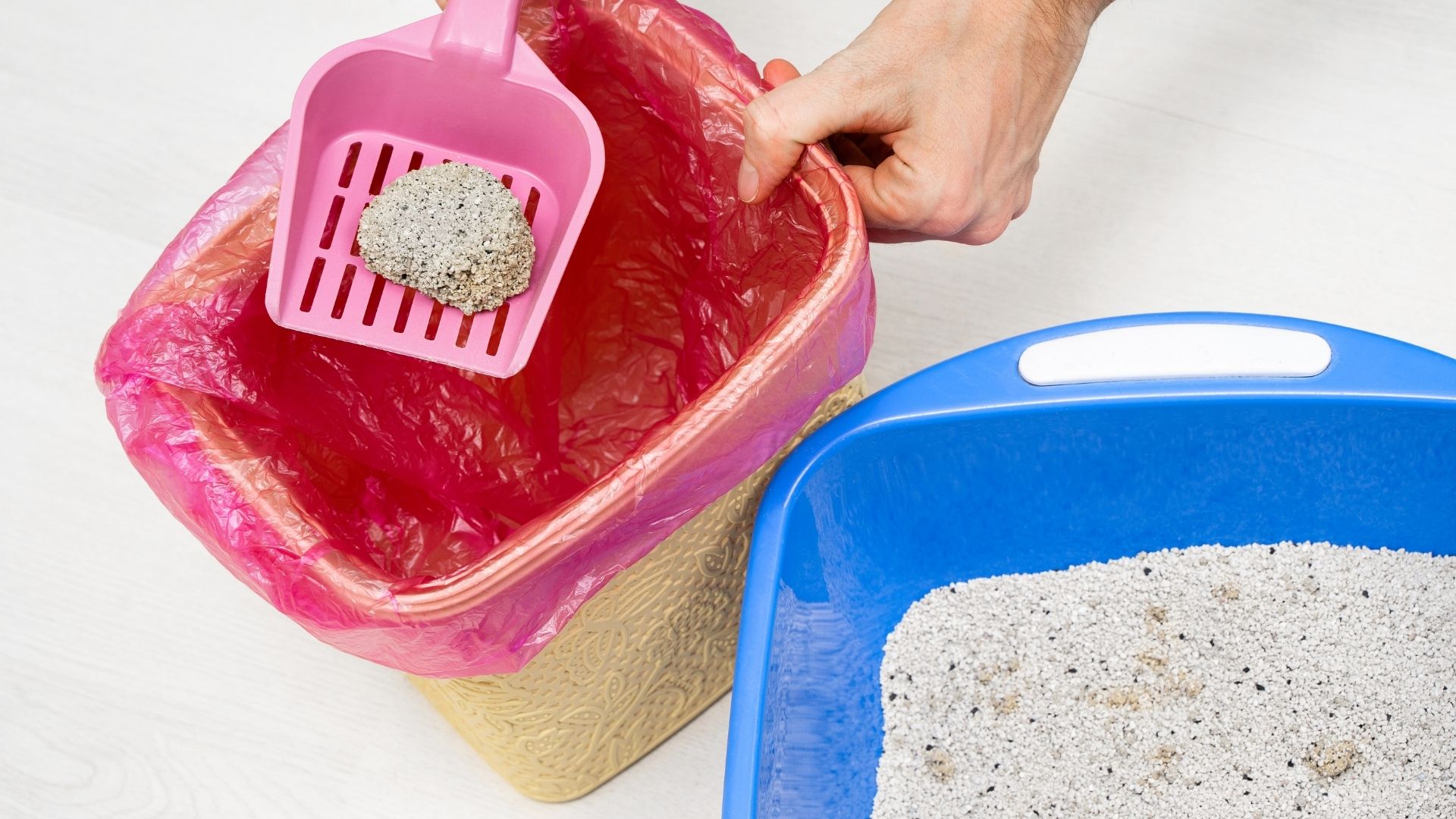Table of Contents
- Are You Using the Right Amount of Cat Litter?
- How Much Cat Litter Do You Need Per Day?
- How Does the Cat Litter Usage Calculator Work?
- What Is the Golden Rule for Litter Boxes?
- How Often Should You Change Out Cat Litter?
- Can You Put Too Much Litter in a Litter Box?
- What Happens If You Don’t Change Cat Litter?
- Is Clumping or Non-Clumping Litter Better?
- Why Use the Cat Litter Usage Calculator?
Estimated reading time: 6 minutes. Last updated: December 27, 2024.
Are You Using the Right Amount of Cat Litter?
Cat litter is an essential part of owning a cat, but many pet owners ask themselves, "Am I using the right amount of litter?" Whether you're refilling the litter tray weekly or scooping it out daily, understanding how much litter your cat uses can help you plan better, save money, and keep your cat happy and healthy. The Cat Litter Usage Calculator is a simple tool that tracks how much litter your cat uses over time, giving you insight into your monthly, yearly, or even five-year usage.

Let's explore how this calculator works and look at some common questions about cat litter usage, including how much to use, how often to change it, and how to optimize your cat's litter box routine.
How Much Cat Litter Do You Need Per Day?
A frequently asked question is, how much cat litter to use per day? On average, a single cat requires about 2–3 inches of litter in the box to effectively cover waste and reduce odors. This translates to around 1.5–2 pounds of litter per week, assuming regular scooping.
If you're using a standard litter tray, this amount will ensure that your cat has enough depth to dig and bury waste, which is important for their hygiene and mental well-being. Too little litter can cause odors and make it difficult for your cat to use the box properly, while too much can cause unnecessary waste and extra expense.
For reference, how long does 40 pounds of cat litter last? For one cat, a 40-pound bag can last approximately 4–6 weeks if you’re maintaining a consistent routine.
How Does the Cat Litter Usage Calculator Work?
This calculator is easy to use and helps you understand your cat litter consumption:
- Select how often you refill the litter box (e.g., once a week).
- Enter the amount of litter used per refill (in kilograms or pounds).
The tool will then calculate your total litter usage over time, giving you an insight into your monthly, six-monthly, annual, and five-yearly usage. For example, if you use 2 kilograms of litter per week, the calculator will show an annual usage of 104 kilograms. This information can help you budget better, buy litter in bulk, and ensure you always have enough on hand.
What Is the Golden Rule for Litter Boxes?
The golden rule for litter boxes is to have one box per cat, plus one extra. For example, if you have two cats, you should have three litter boxes to ensure all your pets have access to a clean space.
You might also wonder, how much litter should I put in the box? The ideal depth is around 2–3 inches for most cats. This depth allows them to dig and cover their waste while minimizing the risk of tracking litter outside the box. Adding too much litter can make it difficult for your cat to move around, while too little can lead to odor buildup and discourage proper use.

How Often Should You Change Out Cat Litter?
Another common question is, how often should I change the litter box? Daily scooping is essential to remove waste and keep the box fresh. However, a complete change of litter and thorough cleaning of the box should be carried out every 1–2 weeks for clumping litter and once a week for non-clumping litter.
Households with more than one cat may need to increase the frequency to ensure the litter tray remains clean and attractive. Use the Cat Litter Usage Calculator to help you plan how often to refill and how much litter you'll need to maintain this schedule.
Can You Put Too Much Litter in a Litter Box?
Yes, it’s possible to use too much litter. If you’re asking, can you put too much litter in a litter box? the answer depends on your cat’s preferences and habits. Most cats prefer a litter depth of 2–3 inches, and adding more than that can make it harder for them to dig or feel comfortable.
Excess litter can also increase tracking outside the box, making cleanup more time-consuming. If you’re noticing that your litter is being wasted or thrown outside the box, consider adjusting the depth and using the calculator to monitor your usage.
What Happens If You Don’t Change Cat Litter?
Failing to regularly change cat litter can lead to several problems, both for your cat and your home. If you’re asking, what happens if you don’t change cat litter? here are some potential issues:
- Odor buildup: Waste accumulates and produces ammonia, which can make your home smell unpleasant.
- Health risks: Dirty litter boxes can harbor bacteria and parasites, increasing the risk of infections for both you and your cat.
- Behavioral problems: Cats may refuse to use a dirty litter box, leading to accidents around the house.
Using tools like the Cat Litter Usage Calculator helps you stay on top of your cleaning schedule and ensures your litter box is always fresh and inviting.
Is Clumping or Non-Clumping Litter Better?
Many cat owners wonder, is clumping or non-clumping litter better? Clumping litter is generally preferred because it allows for easier removal of waste, keeping the box cleaner for longer. It also reduces the need for frequent full replacements, which can save you time and money.
Non-clumping litter is often less expensive and more suitable for kittens or cats with sensitive paws. The choice between the two depends on your budget, your cat's needs, and your willingness to maintain the litter tray.

Why Use the Cat Litter Usage Calculator?
Tracking your litter usage is an essential part of managing your cat care routine. The Cat Litter Usage Calculator provides insights into how much litter you’re using, helping you:
- Budget effectively for litter expenses.
- Avoid running out of litter unexpectedly.
- Reduce waste by only using the amount your cat needs.
Pair this tool with the Cat Litter Cost Calculator to get a complete picture of your spending, and consider the Cat Litter Cleaning Time Cost Calculator to track how much time you’re dedicating to litter box maintenance.
“A little planning goes a long way.”
The Cat Litter Usage Calculator helps you take control of your litter usage, ensuring your cat has a clean and comfortable space while saving you time and money. Start using the calculator today to streamline your cat care routine and keep your home fresh and your feline friend happy!
- Veterinary Partner. "Litter Box Care Guidelines."
- Litter-Robot Blog. "How Much Cat Litter To Use."